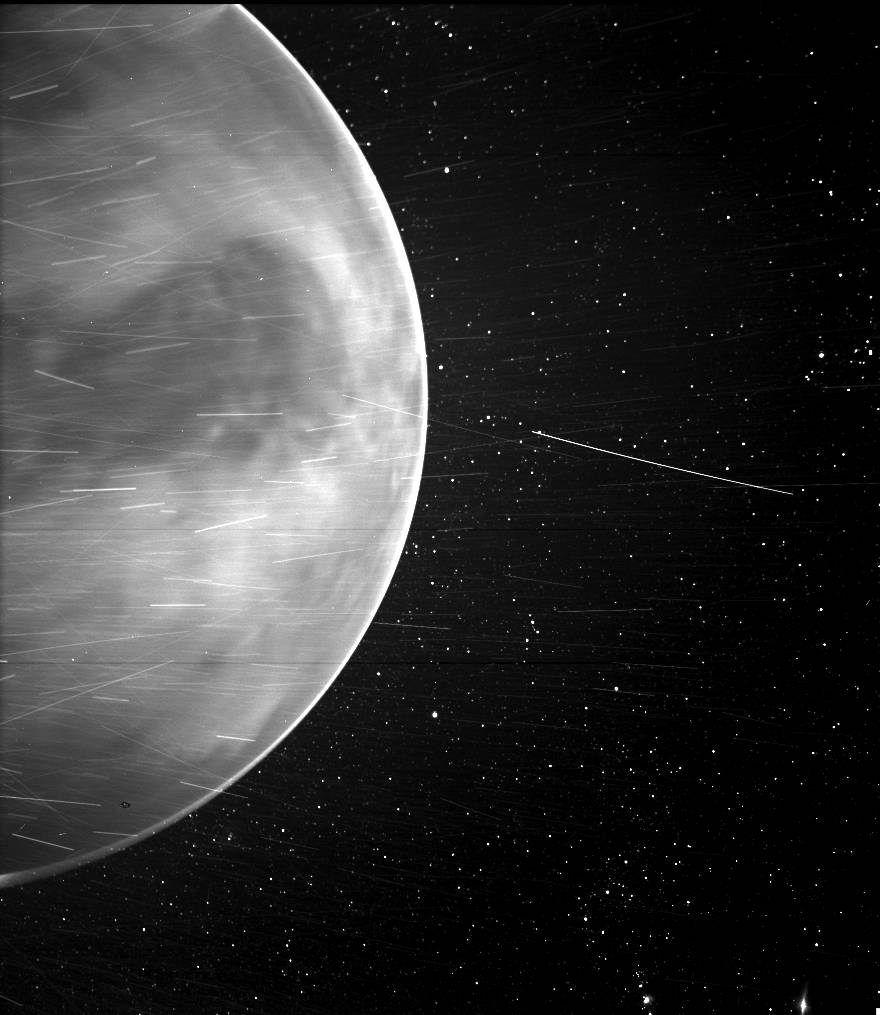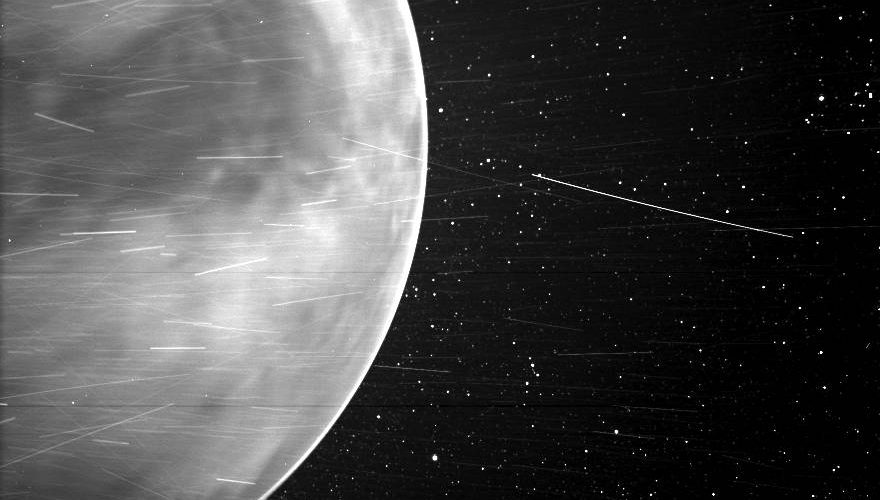
NASA’s Parker Solar Probe is a probe directed towards the center of the solar system to observe the outer corona of the Sun, but when passing Venus, conducted in July 2020, it flew at an altitude of 832 km above the planet’s upper atmosphere on this hot planet. Received a phenomenon that appears to be emitted spontaneous radio wave radiation. NASA has published the results of a study on this propagation.
Research shows that every 11 years of solar activity, the magnetic field reverses and the north and south poles change. This allowed us to see how Venus’ atmosphere changed. In addition, activity on the surface of the sun is also regularly active, affecting the Earth, such as aurora and interference.
When passing through the Venus ionosphere, the Parker Solar Probe received low-frequency radio waves that naturally emerged for 7 minutes using a magnetic field meter (FIELDS). An official from the NASA Goddard Space Flight Center was initially happy to get the new data from Venus, but the next day they realized that the Galileo probe was similar to the radio wave it received when it passed through Jupiter and its satellite ionosphere.
The team compared the data with data observed by NASA Pioneer in 1992 from the orbit of Venus. At the time, solar activity was becoming the strongest, but this time it was about six months after the most stable solar activity, and now the thinned atmosphere of the Venus ionosphere fled to space and thinned, and radio wave reception was found to have been affected.
One expert says the successive confirmation of the same observations over multiple missions convinces us that ionospheric reduction actually occurs. Explaining why the Venus ionosphere is thinning in the very smallest solar activity is important for knowing how Venus is responding to the Sun, and it also helps explain how Venus, once resembling Earth, has transformed into a world with the same hot and harmful atmosphere as it is today. do.
NASA is also revealing the conversion of radio signals received from Venus into speech. In this study, the latest solar mission data was also used in the Venus mission, which took 30 years. The original purpose of the Parker Solar Probe is to observe the sun, but the Venus flyover was done to slow down the probe as it approached the Sun. Nevertheless, the Parker Solar Probe project team said that as long as they approached a mysterious planet like Venus, they could not miss the opportunity to gather scientific data and gain insights. Related information can be found here.


















Add comment